Polyethlene Foam - XLPE & XPE
BUILDING INSULATIONACOUSTIC INSULATION
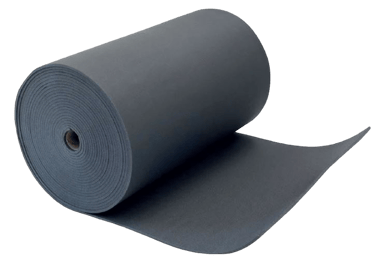

Cross-linked polyethylene foam is a versatile insulation material that is widely used in various industries. It provides excellent thermal insulation properties, making it an ideal choice for applications requiring temperature regulation. This foam is commonly used in HVAC systems, refrigeration units, and construction projects. Its closed-cell structure provides high resistance to moisture, making it suitable for outdoor and marine applications. Additionally, cross-linked polyethylene foam offers superior cushioning and shock absorption, making it popular in the packaging industry. It is lightweight, flexible, and easy to install, making it a preferred choice for both residential and commercial insulation projects. For buyers, it is important to consider the technical specifications of the foam, such as density, thickness, and thermal conductivity, to ensure it meets their specific requirements.
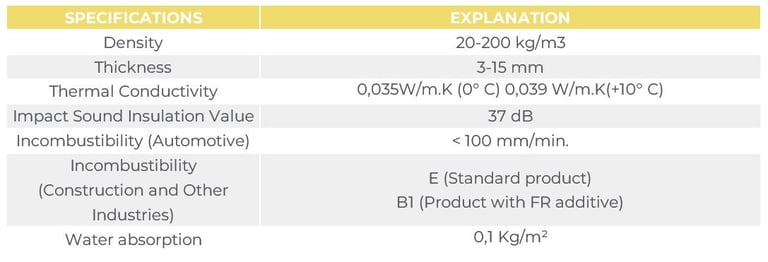

Area of Usage
•Under screed Insulation
•Under Parquet Insulation
•Wall Insulation
•Mechanical Installation Insulations
•Roof Insulation
•Climate-controlled room insulation
•Valve Jacket insulation
•Residencial Buildings
•Water and Moisture Proof
•Reduces impact noise.
•Environment friendly and produced without the use of
•HCFC’s or any other harmful/banned chemicals.
•Anti-bacterial
•Can be produced in different thicknesses and sizes
•Durable and Long-lasting
Product Features
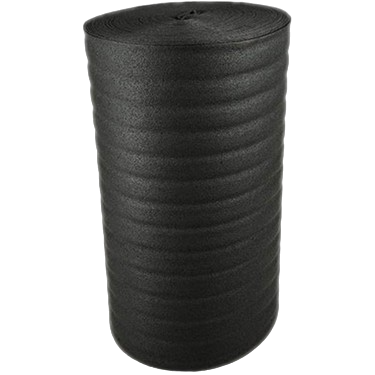

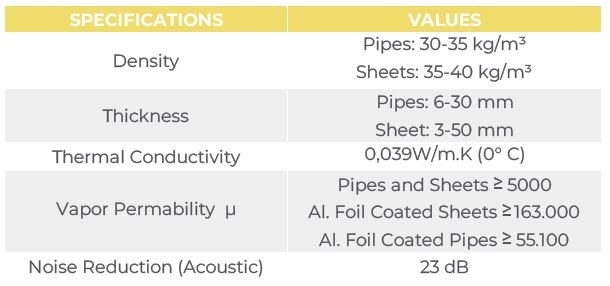


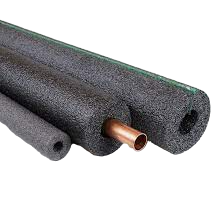
•Closed-cell Structure
•Low Thermal Conductivity Coefficient
•High Water Vapor Diffusion Resistance
•Watertight
•No Toxic Combustion Gas Release
•Odor Free
•HCFC Free
•High Impact Strength
Product Features
Polyethylene foam is a versatile and widely used insulation material known for its exceptional thermal properties. It is commonly utilized in various industries such as construction, automotive, and packaging. As an insulation material, polyethylene foam effectively minimizes heat transfer, providing excellent insulation for buildings, pipes, and refrigeration systems. Its closed-cell structure makes it resistant to moisture, preventing the formation of condensation and mold. Additionally, polyethylene foam is lightweight, durable, and easy to install, making it a preferred choice for insulation projects. It is also non-toxic and environmentally friendly, making it safe for both users and the environment. When purchasing polyethylene foam as an insulation material, buyers should consider factors such as density, thickness, and fire resistance to ensure it meets their specific requirements.
